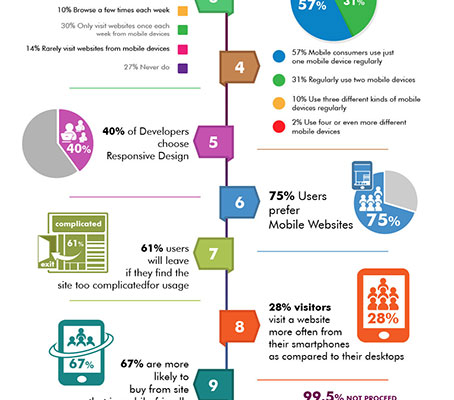Website Design Essentials: Tips For Structure A User-Friendly Website
Website Design Essentials: Tips For Structure A User-Friendly Website
Blog Article
Post Created By-Aguirre Thrane
When it concerns site style, making certain user-friendliness is key. From responsive design to streamlined navigation, every component plays an important function in creating a website that deals with your target market's requirements. But what regarding the finer details that can make or damage a customer's browsing experience? Keep tuned as we discover some often-overlooked tips that can raise your internet site's functionality to the following degree, making it really stand apart in the digital landscape.
Relevance of Responsive Design
Responsive style is a critical facet of modern-day web site growth. Guaranteeing your internet site is responsive methods that it can adapt to different screen dimensions and tools, providing a seamless experience for users.
With the boosting use of smartphones and tablet computers to access the internet, having a receptive layout is important for reaching a larger audience. It aids in improving individual experience by making your internet site very easy to browse and continue reading any kind of tool.
Additionally, receptive layout can positively affect your internet search engine rankings, as online search engine like Google focus on mobile-friendly sites. By having a receptive style, you're additionally future-proofing your site, as brand-new devices with differing screen dimensions continue to emerge.
Simplify Navigation Framework
To improve individual experience and facilitate easy access to information on your internet site, improving the navigation framework is critical. When developing your site, focus on creating a clear and intuitive navigating food selection that assists site visitors locate what they're searching for quickly.
Limit the variety of food selection items to the fundamentals, organizing associated web pages together to stay clear of overwhelming individuals. Use Continue Reading that plainly indicate the content of each page, making it less complicated for customers to comprehend where each link will take them.
Take into consideration carrying out dropdown food selections for subcategories to prevent littering the primary navigation bar. In addition, include a search bar prominently on the page for users that like searching for certain info.
simply click the up coming site on mobile responsiveness in your navigation layout to make sure simple access on all devices.
Optimize Page Load Rate
Improving web page load speed is critical for preserving visitors on your internet site. Slow-loading pages discourage individuals and can cause high bounce prices. To maximize page tons rate, beginning by maximizing pictures. Compress pictures without jeopardizing quality to decrease their data dimensions.
In addition, make it possible for internet browser caching to save regularly accessed sources locally, quickening lots times for returning visitors. Minify CSS, JavaScript, and HTML files by eliminating unnecessary characters, comments, and format, enhancing load rate.
Take into consideration making use of a material distribution network (CDN) to disperse your web site's content across several servers worldwide, decreasing latency for users accessing your site from different places. Lastly, restrict using third-party scripts and plugins, as they can substantially affect lots times.
Final thought
To conclude, by integrating responsive style, simplifying navigating, and enhancing web page lots rate, you can develop an easy to use website that attract a larger target market and improves user experience. These essential elements ensure that visitors can quickly accessibility and browse your site throughout different gadgets, leading to increased interaction and contentment. By focusing on these essential elements, you can develop a successful internet site that maintains individuals coming back for even more.
